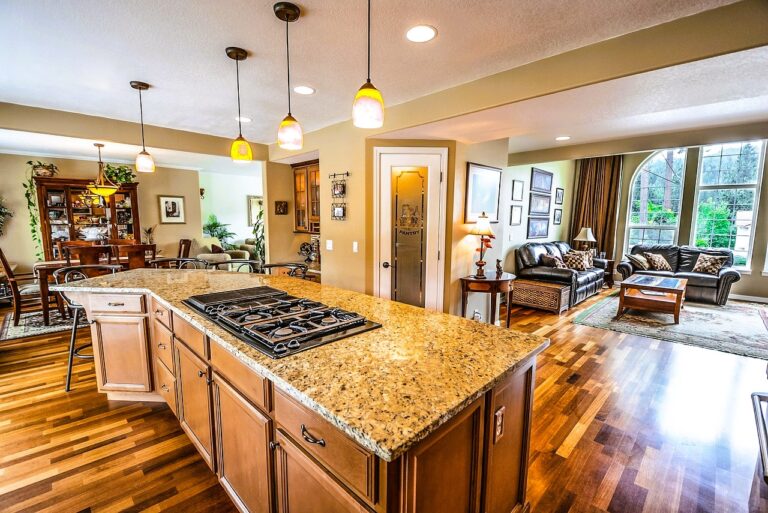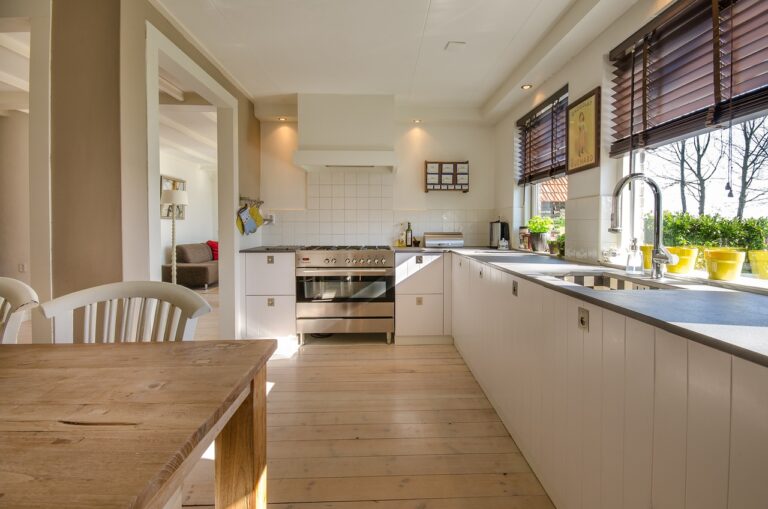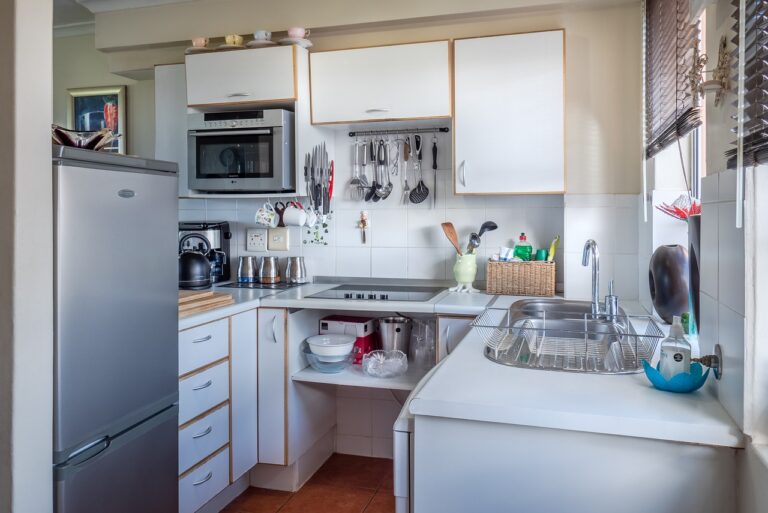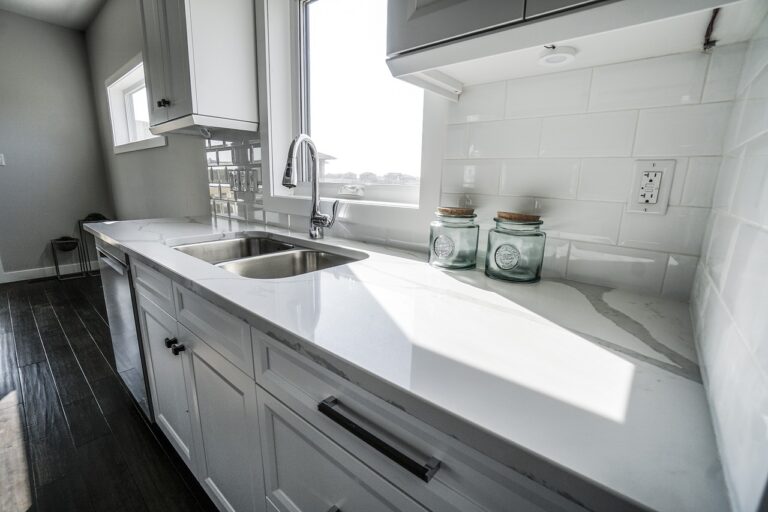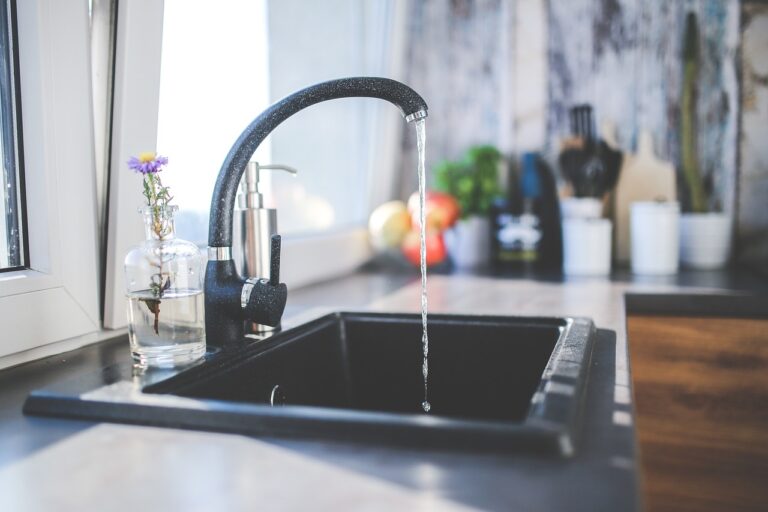
How to fix low water pressure? Ever had trouble washing dishes or cooking because your kitchen sink water barely flows? It’s a common problem, but we’ve got a simple fix for you. In this guide, we’ll show you easy DIY solutions to boost your water pressure. No need for fancy tools or a big budget – just straightforward steps. Whether you love cooking or just want a faster sink, we’ve got you covered. Say goodbye to the slow drip and hello to a smoothly running kitchen. Let’s make your water flow better with these simple tricks!

Common Causes of Low Water Pressure:
Ever wondered why your kitchen sink seems to be whispering instead of gushing water? Let’s demystify the common causes behind that frustratingly low water pressure.
1. Clogged Aerator:
Picture this: tiny particles, minerals, and sediment decide to throw a party in your faucet aerator, clogging it up. The result? A sluggish flow that’s more annoying than assistance. Fear not – fixing this is simpler than it sounds. Get your hands on some pliers and a wrench, dismantle the aerator, and give it a good cleaning. It’s like a spa day for your faucet!
2. Faulty Faucet Cartridge:
Sometimes, the culprit behind your water pressure blues is a moody faucet cartridge. This little device regulates the flow and temperature, and when it’s not in the best mood, you’ll notice. Leaks, irregular temperatures – these are its cries for help. The solution? Identify the signs, grab a replacement cartridge, and swap it out. It’s like giving your faucet a new lease on life.
3. Broader Water Supply Issues:
In some cases, the blame game extends beyond your kitchen. Check for leaks or blockages in your pipes – they might be the real troublemakers. If you suspect issues with the municipal water supply, don your detective hat and get in touch with them. It might be a shared woe, and they could be on their way to rescue your kitchen’s water pressure.
Understanding these common culprits is the first step to reclaiming your kitchen’s water flow. So, the next time your sink decides to murmur instead of roar, don’t panic. Dive into the DIY fixes we’ll explore next and let’s get that water pressure back up to speed!
Practical DIY Solutions: How to Fix Low Water Pressure
We’ve identified the usual suspects causing low water pressure in your kitchen sink; now, let’s tackle them with some simple do-it-yourself (DIY) solutions.
1. Cleaning a Clogged Aerator:
Ever heard of a clogged aerator? It’s like your faucet’s traffic jam, slowing everything down. But no worries – fixing it is easier than you think. Grab some pliers and a wrench, take apart the aerator, and clean out the gunk. It’s like giving your faucet a refreshing spa day. Once those water pathways are clear, you’ll feel the difference – water flowing smoothly like it’s on a mission.
2. Troubleshooting and Replacing a Faulty Faucet Cartridge:
Now, let’s talk about that moody faucet cartridge. It’s the gatekeeper to your water flow, and when it’s not happy, you’ll know. Leaks or inconsistent temperatures are its way of saying, “Help!” The solution? Identify the signs, get yourself a replacement cartridge, and swap it in. It’s like giving your faucet a personality makeover, making it cooperative and efficient once again.
3. Broader Water Supply Issues:
If the problem persists and you suspect it’s not just your faucet’s fault, it’s time to play detective with your pipes. Check for leaks or blockages – they might be causing the bottleneck. And if you suspect trouble in the wider water supply world, don your detective hat and contact your local water heroes. They could be fixing a shared woe, bringing relief not just to you but to your entire neighbourhood.
These practical solutions don’t require a plumbing degree. They’re like the superheroes of your kitchen, swooping in to save the day. Stay tuned; we’re not just fixing the issue; we’re ensuring it stays fixed with some smart preventive measures in the next section. Let’s keep that water flowing, hassle-free!
Preventive Measures:
We’ve conquered the low water pressure battle, but how do we make sure it doesn’t rear its head again? It’s time for some preventive measures – the unsung heroes that keep your kitchen’s water flow uninterrupted.
1. Simple Maintenance Practices:
Let’s start with a bit of TLC for your faucet. Periodically cleaning the aerator is like giving it a mini spa day. It prevents any potential clogs and keeps the water pathways clear. It’s a simple task – just unscrew, clean, and screw back on. Your faucet will thank you with a robust and steady flow.
2. Checking and Replacing Faucet Cartridges During Routine Maintenance:
Now, remember that moody faucet cartridge? It’s wise to check on it during your maintenance routine. Keep an eye out for any signs of trouble – leaks, irregular temperatures, or just general grumpiness. If you spot any, don’t worry, it’s an easy fix. Swap it out with a new cartridge, and your faucet will keep humming along happily.
Conclusion:
So, we’ve covered the low water pressure mystery in your kitchen sink. From clogged aerators to grumpy faucet cartridges, we’ve tackled it all with simple DIY fixes. Armed with a wrench, you’re now a sink superhero.
Cleaning your aerator and checking the faucet cartridge during routine maintenance are your preventive measures – the unsung heroes keeping your water flow smooth. Whether you’re a chef or just tired of a sluggish sink, these easy steps ensure a consistently robust flow. Say goodbye to the trickle, and hello to a hassle-free kitchen experience. You’ve got this! Happy flowing!

